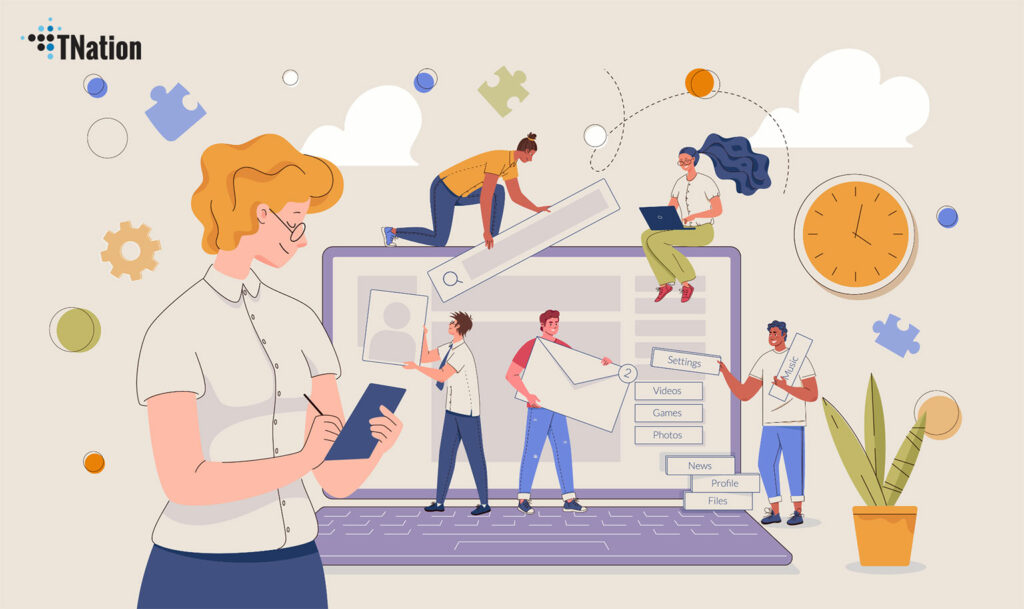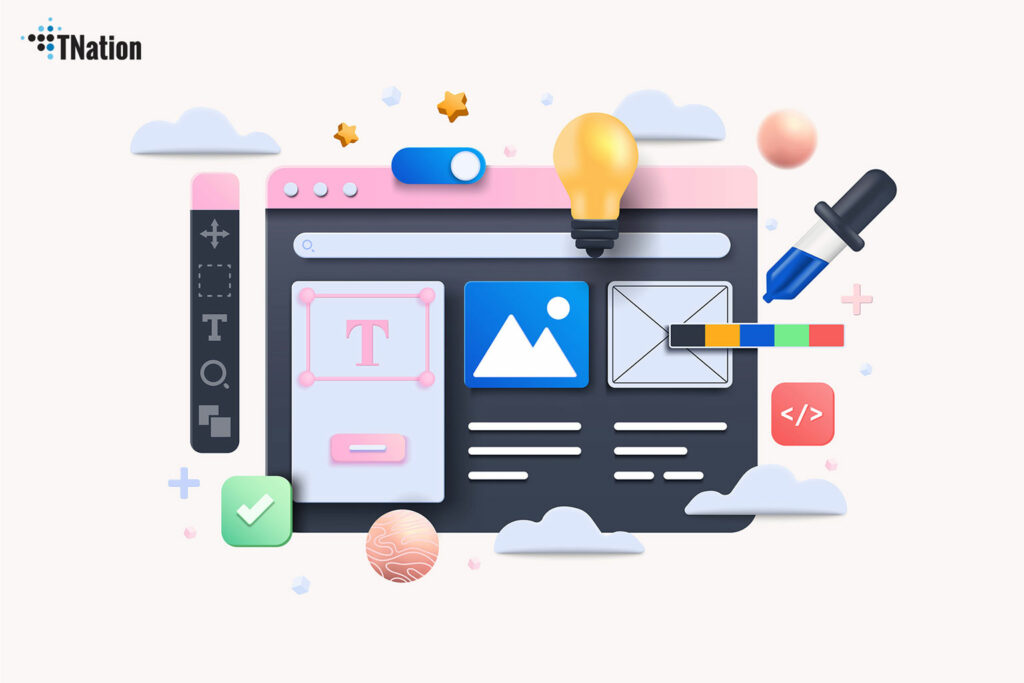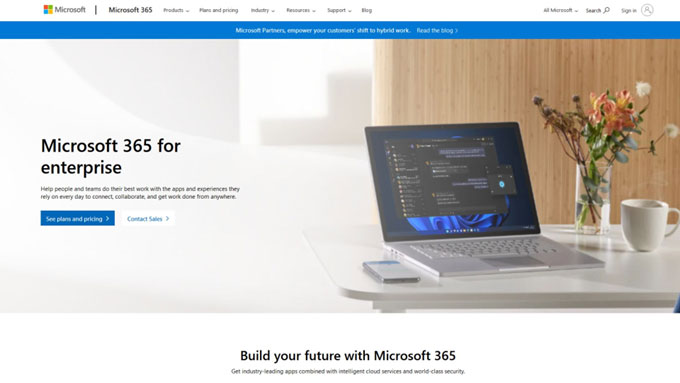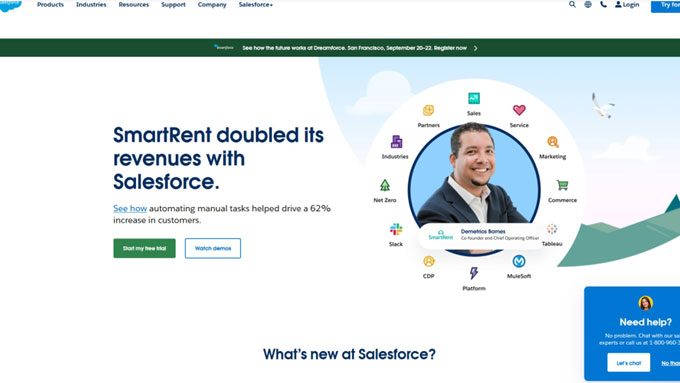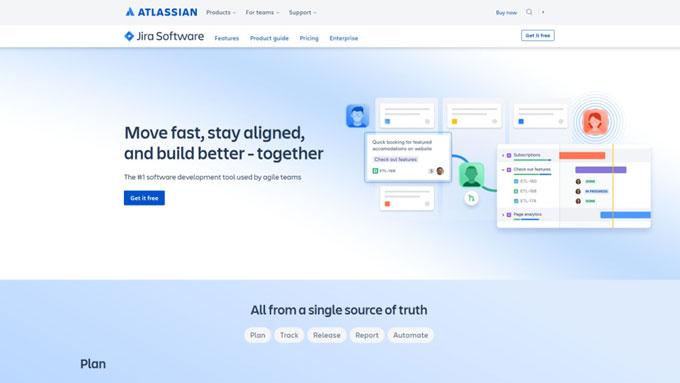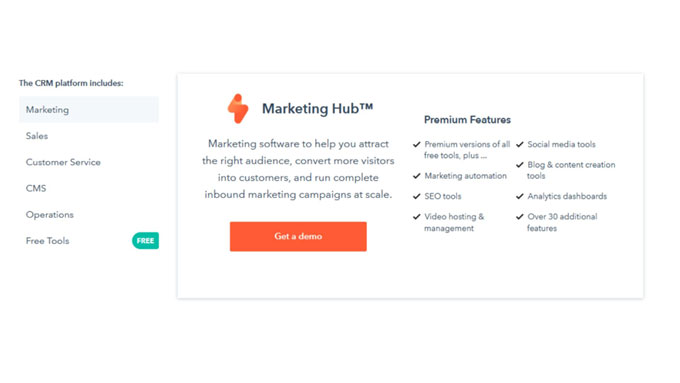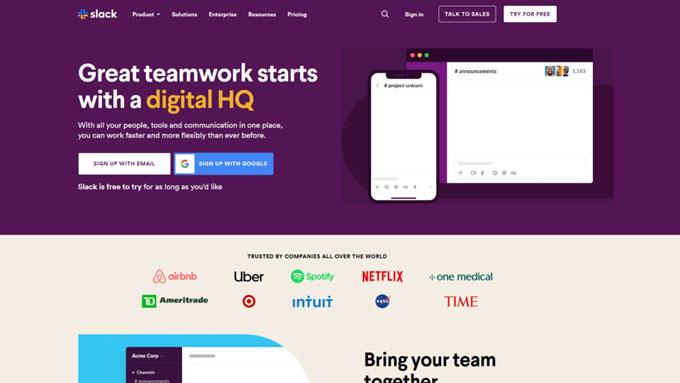Many people imagine enterprise application development as something by the government. It is not far from the truth, but other corporations and companies use different enterprise application solutions. Perhaps you used some of them and thought about how it saves time.
Yet, although enterprise applications are nothing new, people know so little about what it is and what are the practical examples. So let’s break down the questions and doubts people frequently have about enterprise application development.
What is Enterprise Application?
An enterprise application is a comprehensive software platform designed to operate in a large-scale environment. It is more like a collection of tools that share organizational features and commercial software and provide efficiency. Enterprise application is an essential component of a computer-based information system, which improves efficiency and productivity.
Enterprise application solutions can help in optimizing business functions. They are developed to facilitate large-scale cooperation and coordination of work. Its goal is to integrate critical business operations and allow users to execute tasks quickly and efficiently.
For example, separate departments in the organization have insight into the data of the other, such as sales, accounting, inventory, and manufacturing. Now, imagine if sales have no data on inventory quantity. Their work would be futile.
The communication and tasks cannot continue if the entire system is not well connected and organized to suit the company industry and its needs. Therefore, many large-scale organizations hire an external enterprise application development company. However, the sheer project volume is sometimes too much for the in-house team.
What is an Enterprise Application Development?
Enterprise application development is the process of developing custom software for large organizations. Organizations can install these apps on various platforms and networks in the cloud. Because they are cloud-based, people often wonder if enterprise application development is the same as a web application.
Web Application Vs. Enterprise Application
Web applications are developed to give an experience of using an app with different functions. Yet, they are stored on servers rather than a user’s device. So, for instance, you must have used Google Docs at some point. Then, using your web browser to access the interface, you perform all the content creation and saving requirements as you would in a regular app.
On the other hand, enterprise applications are solutions designed to avoid mission-critical business challenges. It uses more than functionalities but instead multiple performance parameters and points. Enterprise application software is applications that can successfully respond to corporate operating difficulties. It uses the concept of joining numerous apps to communicate effectively throughout the entire organization.
Enterprise Application Development Examples
Enterprise application development is vital for any organization with consistent processes across the entire business. Some applications may be cloud computing, where some or all use cloud infrastructure to operate seamlessly. However, some systems use a hybrid version.
Many companies decide to hire enterprise application development companies to build a custom apps. In most cases, these organizations cannot find a perfect fit among off-the-shelf apps and choose to outsource the project. The most common types of enterprise apps are:
- Billing systems
- HR management
- Supply chain management systems
- Customer relationship management systems
- Content management
- Enterprise application integration
- Marketing automation tools
- Project management tools
- Collaboration systems
The key to successful enterprise application development is its rapid adaption. It is not just about launching the application but building one that can scale with the business in the future. That means that the team will meet every change inside the organization beforehand. You might have wondered about the actual world utilization of enterprise applications. In truth, many big companies have used it for decades, so let’s look at some famous enterprise application examples.
5 Most Popular Enterprise Application Examples
You might have used a particular company’s services and never knew that it is an enterprise application. The first thing that comes to people’s minds when you look at the Google search is: Is Facebook an enterprise application?
The answer is much more complicated than that social media giant is a web 2.0 application. It could be considered an enterprise application if it was used as a collaboration or recruiting tool within the organization. So what are enterprise application examples in real life?
Microsoft Office 365 Enterprise
Microsoft is well-known for its solutions aimed at big organizations. Such is Microsoft 365 Apps for the enterprise. It’s a suite of productivity and collaboration apps you already know, such as Word, Outlook, Teams, and Excel. However, it also includes apps that handle management and security compliance features. In addition, it has an unlimited number of users and is capable of real-time handling collaboration, content creation, and controls for deployment and management.
Salesforce
Salesforce is a customer relationship management platform connecting sales, marketing, commerce, and service departments. The components within the application provide improved experience and customer lifecycle management.
Jira
Jira is a cross-platform application that easily handles project management requirements. Jira was initially intended to be a bug and issue tracker. However, it has matured into a powerful task management application for all use cases, ranging from requirements and test case management to agile software development.
Hubspot
Marketing automation software allows users to generate customized campaigns to engage with their target audiences through social media, digital advertisements, and email. In essence, it is a customer relationship management solution that provides various options and insights into the customer base.
Slack
Slack is a secure team collaboration solution that allows individuals to collaborate more effectively. The software combines dozens of tools, such as Office 365 and Google Drive, to help with team communication.
Things to Consider Before Deciding on Enterprise Application Development
Enterprise applications are a quick and easy solution to connect all parts of a company’s activities and operations. But, to be genuinely effective within your organization, you must build it so that your employees want to use it.
Naturally, every change is complex, and acceptance takes time. In addition, market demands change so rapidly that enterprise IT teams can hardly handle the volume. So, be sure you have enough workforce to cover the changes before you jump in on integrating enterprise solutions.
Otherwise, consider outsourcing these projects. That is especially important if you want to build a custom enterprise application. Outsourcing enterprise application development can save your employees time. In addition, they can be mediators between the company and the service provider.
Building enterprise application includes crafting a strategy. That means making a list of the tools your organization currently uses. The list will give you an insight into what is working and what needs improvement. In essence, you should honestly evaluate your current company’s abilities. Once you have the situation established, there are many more processes to perform before creating an enterprise application.
For instance, determining your business goals, what it is you are trying to achieve, and which features your new application needs. However, depending on features, the price for the software may be higher. So, be sure to determine the budget for the project.
Prioritizing your needs can give you a good start with the software development team. In addition, to build a successful project, they need detailed input from your company. These are often written documents setting goals, expectations, and functionalities you need.
In addition, it is imperative to test the application within your organization. Specific tasks and situations can give a development team valuable feedback to bring the application to life. Finally, fixing defects is a key to a successful application that will improve your organization’s productivity.
The Business Benefits of Enterprise Application Development
The business benefits of enterprise application development are numerous. They provide value for both customers and save time and money for the business.
They also allow businesses to provide better customer service, create a positive work environment, and increase productivity. By developing applications, companies can offer their customers a more efficient way to interact with the business, leading to more revenue. The efficiency and revenue created by enterprise application development also provide financial benefits for companies by allowing them to manage their costs better.
By implementing the right technologies, enterprises can ensure they have a product desired by their customer base and more functionality than alternative products on the market. The business benefits of enterprise application development are:
– Time-saving apps that are easy to use,
– Provide value for customers by eliminating redundant tasks,
– Increase productivity by cutting down on errors and improving workflow,
– Increase customer satisfaction with better customer service.
Lastly, the more applications that exist, the more excellent the opportunity for competition that drives prices down, business growing up, and satisfaction up.

